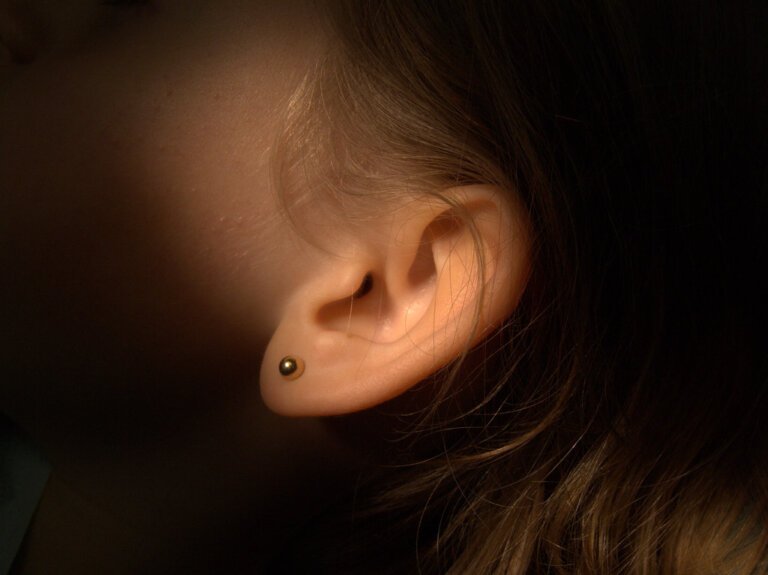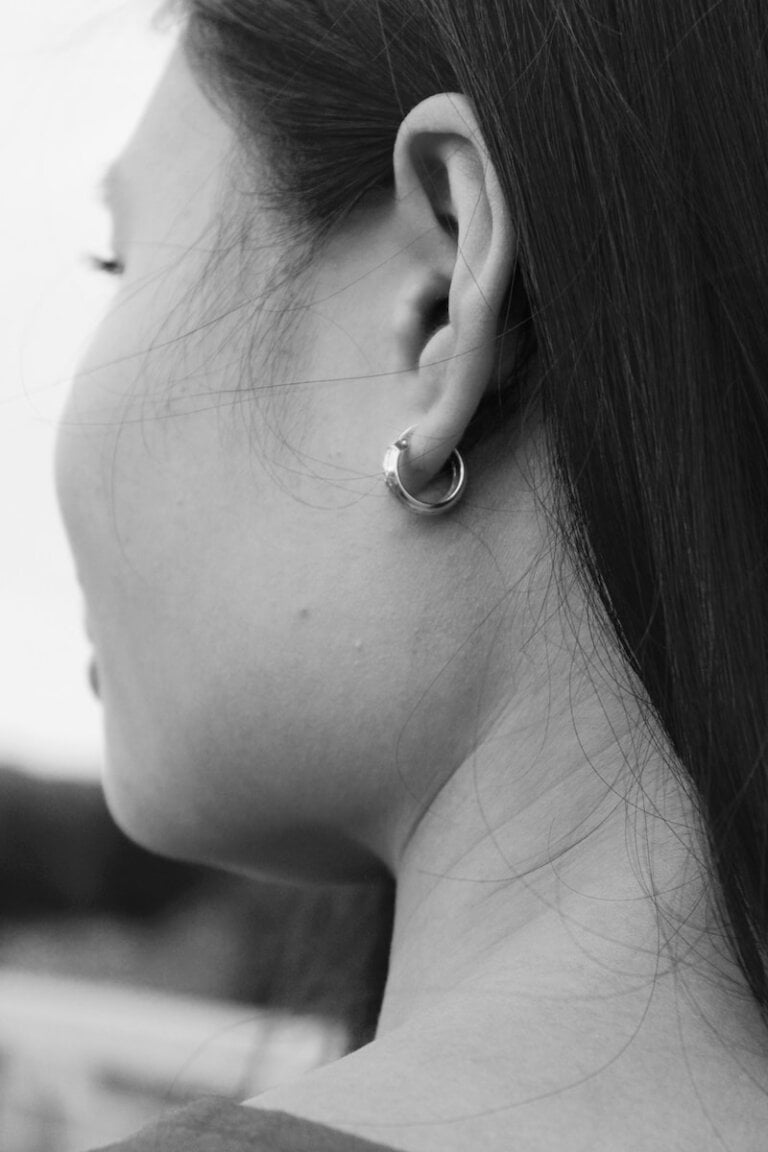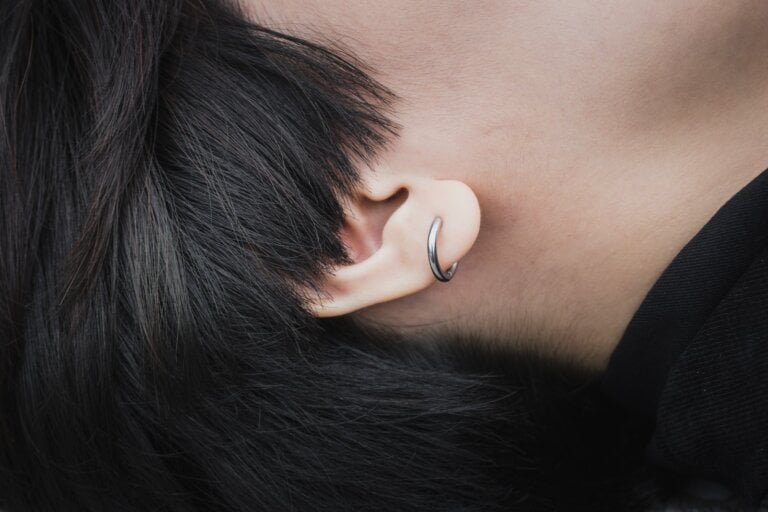Manual Instrument Ear Wax Removal: A Closer Look at the Technique
Ear wax, also known as cerumen, is a natural substance produced by the glands in the ear canal. It plays a vital role in protecting the ear from dust, dirt, and foreign particles. However, when ear wax accumulates excessively, it can cause discomfort, hearing loss, and even infections. Manual instrument ear wax removal is a widely used technique to address these issues and improve overall ear health. In this article, we will explore the benefits, procedure, and safety precautions associated with manual instrument ear wax removal.
Benefits of Manual Instrument Ear Wax Removal
-
Improved Hearing: Accumulated ear wax can obstruct the ear canal, leading to temporary hearing loss or muffled sounds. Manual instrument ear wax removal effectively clears the blockage, resulting in a noticeable improvement in hearing. It allows sound waves to pass through the ear canal unobstructed, enhancing the overall auditory experience.
-
Relief from Discomfort: Excessive ear wax can cause discomfort, itching, or a feeling of fullness in the ear. By removing the buildup, individuals can experience relief from these discomforting symptoms. Manual instrument ear wax removal offers immediate relief, restoring comfort and reducing any associated irritation.
-
Prevention of Infections: When ear wax builds up, it can create a favorable environment for bacterial or fungal growth, increasing the risk of ear infections. Manual instrument ear wax removal helps to reduce this risk by eliminating the excess wax. By keeping the ear canal clean and clear, the chances of developing infections are significantly diminished.
-
Enhanced Effectiveness of Hearing Aids: For individuals who rely on hearing aids, regular ear wax removal is crucial. Excessive wax can interfere with the proper fitting and functioning of hearing aids, affecting their effectiveness. By undergoing manual instrument ear wax removal, individuals can ensure that their hearing aids fit properly and effectively amplify sounds without being obstructed by wax buildup. This leads to an improved hearing aid experience and better communication abilities.
The Procedure of Manual Instrument Ear Wax Removal
It is important to note that manual instrument ear wax removal should ideally be performed by a trained healthcare professional, such as an otolaryngologist or an audiologist. While self-attempts might seem tempting, they can lead to complications or injury if not executed correctly. Here is an overview of the typical procedure:
-
Patient Evaluation: Before initiating the procedure, the healthcare professional will conduct a thorough examination of the outer ear and ear canal. They may use an otoscope, a handheld device equipped with a light, to visualize the ear’s internal structures and evaluate the extent of wax buildup. This evaluation helps in determining the most appropriate course of action and ensuring the safety of the procedure.
-
Instrument Selection: Based on the evaluation, the healthcare professional will choose the most suitable manual instrument for ear wax removal. Commonly used tools include curettes, suction devices, forceps, or loops. The selection of the instrument depends on various factors such as the consistency of the wax, the location of the blockage, and the individual’s specific needs.
-
Preparation and Positioning: To ensure a comfortable and effective procedure, the patient will be positioned appropriately. Usually, the patient sits upright or reclines with their head tilted to the side opposite the ear being treated. The healthcare professional may use a headlight or microscope for better visibility during the procedure, enabling them to perform the removal with precision.
-
Wax Removal: Using the selected instrument, the healthcare professional will carefully and gently remove the ear wax. This process requires skill and precision to avoid any damage to the delicate structures of the ear canal. The professional will navigate the ear canal, loosening and extracting the wax to clear the blockage effectively.
-
Follow-up Examination: After the wax removal, the healthcare professional may reexamine the ear to ensure all wax has been successfully eliminated. This follow-up examination allows them to confirm the effectiveness of the procedure and address any additional concerns. They may also provide post-procedure care instructions to promote healing and prevent further wax buildup.
Safety Precautions and Considerations
While manual instrument ear wax removal is generally safe and effective when performed by a trained professional, it is essential to consider a few safety precautions:
-
Avoid Excessive Force: Applying excessive force during the procedure can cause injury or damage to the ear canal or eardrum. It is crucial for healthcare professionals to use a gentle touch and maintain precision throughout the process. The removal should be performed gradually and cautiously to minimize the risk of complications.
-
Assess the Ear Canal Condition: The condition of the ear canal plays a crucial role in determining the feasibility and safety of manual instrument ear wax removal. Factors such as a narrow or curved ear canal can increase the risk of complications during the process. Therefore, the healthcare professional should thoroughly evaluate the condition of the ear canal before proceeding with the removal technique. This evaluation helps in selecting appropriate instruments and techniques to ensure a successful and safe procedure.
-
Contraindications: In some cases, manual instrument ear wax removal may not be recommended. Individuals with a history of ear surgery, perforated eardrums, or severe ear infections may require alternative methods or should consult their healthcare provider before proceeding. It is important to consider individual medical history and any specific contraindications that may affect the safety and effectiveness of the procedure.
-
Professional Training: Manual instrument ear wax removal should only be performed by healthcare professionals who have received the necessary training and possess the required expertise. This ensures that the procedure is carried out safely and effectively. Professionals with specialized knowledge in otolaryngology or audiology are best equipped to perform this technique, as they are familiar with the anatomical structures of the ear and possess the skills to navigate the ear canal safely.
In conclusion, manual instrument ear wax removal is a valuable technique for alleviating discomfort, improving hearing, and preventing infections associated with excessive ear wax buildup. However, it is crucial to seek the assistance of a trained healthcare professional to ensure safe and effective removal. By following the proper procedure and considering the necessary precautions, individuals can enjoy the benefits of this technique while maintaining optimal ear health.
Markdown Format:
# Manual Instrument Ear Wax Removal: A Closer Look at the Technique
Benefits of Manual Instrument Ear Wax Removal
- Improved Hearing
- Ear wax accumulation can cause temporary hearing loss or muffled sounds.
- Manual instrument ear wax removal clears the blockage, leading to improved hearing.
- Sound waves pass through the ear canal unobstructed, enhancing the auditory experience.
- Relief from Discomfort
- Excessive ear wax can cause discomfort, itching, or a feeling of fullness in the ear.
- Manual instrument ear wax removal provides immediate relief from these symptoms.
- Restores comfort and reduces associated irritation.
- Prevention of Infections
- Ear wax buildup creates a favorable environment for bacterial or fungal growth.
- Manual instrument ear wax removal reduces the risk of infections by eliminating excess wax.
- Keeps the ear canal clean and clear, significantly diminishing the chances of developing infections.
- Enhanced Effectiveness of Hearing Aids
- Regular ear wax removal is crucial for individuals using hearing aids.
- Excessive wax can interfere with the proper fitting and functioning of hearing aids.
- Manual instrument ear wax removal ensures that hearing aids fit properly and effectively amplify sounds.
The Procedure of Manual Instrument Ear Wax Removal
- Patient Evaluation
- Thorough examination of the outer ear and ear canal using an otoscope.
- Evaluation helps determine the extent of wax buildup and the appropriate course of action.
- Ensures the safety and effectiveness of the procedure.
- Instrument Selection
- Healthcare professional selects the most suitable manual instrument for ear wax removal.
- Common tools used include curettes, suction devices, forceps, or loops.
- Selection based on factors such as wax consistency, blockage location, and individual needs.
- Preparation and Positioning
- Patient positioned comfortably, usually sitting upright or reclining with the head tilted.
- Headlight or microscope may be used for better visibility during the procedure.
- Ensures a comfortable and effective procedure.
- Wax Removal
- Healthcare professional carefully and gently removes the ear wax using the selected instrument.
- Skill and precision are required to avoid damage to the delicate structures of the ear canal.
- Loosens and extracts the wax to clear the blockage effectively.
- Follow-up Examination
- Healthcare professional reexamines the ear to ensure successful removal of all wax.
- Confirms the effectiveness of the procedure and addresses any additional concerns.
- Provides post-procedure care instructions to promote healing and prevent further wax buildup.
Safety Precautions and Considerations
- Avoid Excessive Force
- Applying excessive force can cause injury or damage to the ear canal or eardrum.
- Healthcare professionals should use a gentle touch and maintain precision throughout the procedure.
- Gradual and cautious removal minimizes the risk of complications.
- Assess the Ear Canal Condition
- The condition of the ear canal affects the feasibility and safety of manual instrument ear wax removal.
- Factors like a narrow or curved ear canal increase the risk of complications.
- Thorough evaluation helps select appropriate instruments and techniques for a successful and safe procedure.
- Contraindications
- Manual instrument ear wax removal may not be recommended for individuals with certain conditions.
- History of ear surgery, perforated eardrums, or severe ear infections may require alternative methods.
- Consultation with a healthcare provider is important to consider individual medical history and contraindications.
- Professional Training
- Manual instrument ear wax removal should only be performed by trained healthcare professionals.
- Professionals with specialized knowledge in otolaryngology or audiology possess the necessary skills.
- Expertise ensures the procedure is carried out safely and effectively.
In conclusion, manual instrument ear wax removal is a valuable technique for alleviating discomfort, improving hearing, and preventing infections associated with excessive ear wax buildup. However, it is crucial to seek the assistance of a trained healthcare professional to ensure safe and effective removal. By following the proper procedure and considering the necessary precautions, individuals can enjoy the benefits of this technique while maintaining optimal ear health.
Benefits of Manual Instrument Ear Wax Removal
Q: How does manual instrument ear wax removal improve hearing?
A: Accumulated ear wax can obstruct the ear canal, leading to temporary hearing loss or muffled sounds. Manual instrument ear wax removal clears the blockage, allowing sound waves to pass through the ear canal unobstructed and improving hearing.
Q: Does manual instrument ear wax removal provide relief from discomfort?
A: Yes, excessive ear wax can cause discomfort, itching, or a feeling of fullness in the ear. Manual instrument ear wax removal offers immediate relief from these symptoms, restoring comfort and reducing associated irritation.
Q: Can manual instrument ear wax removal prevent infections?
A: Yes, when ear wax builds up, it creates a favorable environment for bacterial or fungal growth, increasing the risk of ear infections. Manual instrument ear wax removal helps to reduce this risk by eliminating excess wax and keeping the ear canal clean and clear.
Q: How does manual instrument ear wax removal enhance the effectiveness of hearing aids?
A: Excessive wax can interfere with the proper fitting and functioning of hearing aids, affecting their effectiveness. By undergoing manual instrument ear wax removal, individuals can ensure that their hearing aids fit properly and effectively amplify sounds without being obstructed by wax buildup. This leads to an improved hearing aid experience and better communication abilities.







